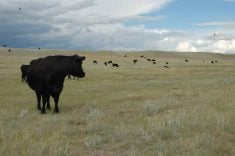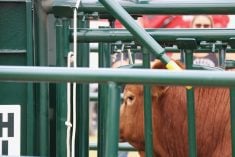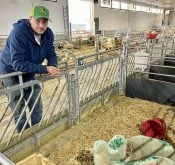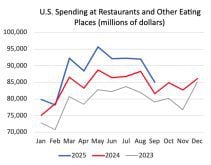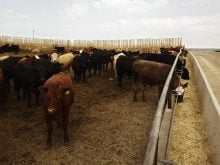Correction: On page 1 of the Dec. 5 issue, the buyer of a Remitall
polled cow at an October sale was from North Dakota, not Michigan.
REGINA – In a year when many cattle producers feared financial ruin,
purebred sales across the Prairies have been setting record prices.
As this year’s harvest continues to come in, cattle producers feel less
strained over feed supplies and are likely more willing to spend money
on bulls for the coming season, said one sales manager.
Read Also
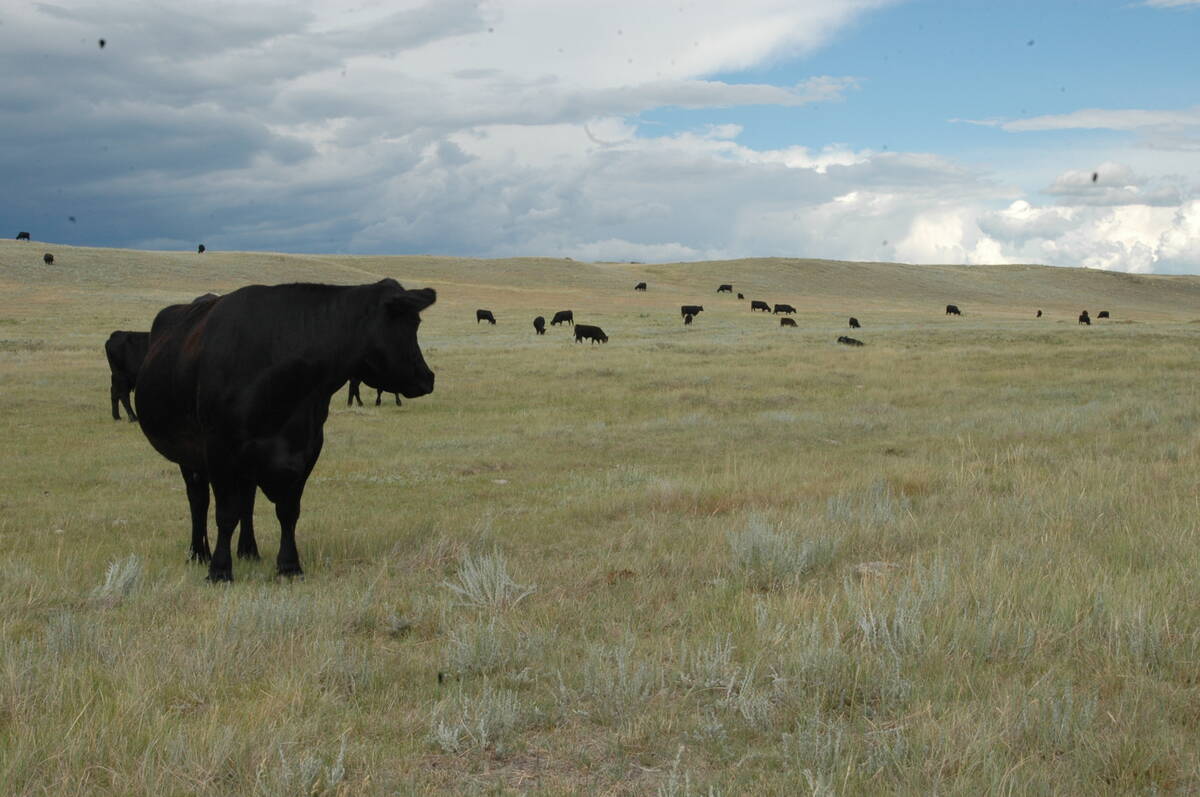
Canadian Food Inspection Agency slammed for handling of bovine tuberculosis case
The federal government leans heavily on producers to “take one for the team” and risk their livelihoods without any reassurance of support.
Jay Good of Transcon Livestock at Okotoks, Alta., said late August and
September rains renewed confidence in the industry.
“Late growth from late rains in August saved Alberta,” he said.
“There’s a lot of cow feed out there. It costs as much to feed a good
cow as a poor one.”
Heavy culling happened early in the year so the cows and bulls on the
bottom end were removed. When more feed became available from salvaged
grain crops, people started rebuilding and were willing to write big
cheques for high quality.
“The top end cattle are worth it,” Good said.
These cattle earn their money back in embryo and semen sales as the
demand for proven genetics rises across all beef breeds.
He anticipates a good spring as people shop for above average bulls to
rebuild their herds.
The credible breeders with strong reputations can only reap the
benefits of this kind of demand, he said.
That attitude has worked for long established herds like Remitall
Cattle Co. at Olds, Alta.
The Latimer family set a Canadian record when it sold a half interest
in a 1998 polled female for $140,000 to a Michigan buyer at the October
production sale.
The buyer bought the heifer sight unseen, basing his purchase on its
statistics, production records and the Remitall reputation.
“He has never seen the cow,” said Gary Latimer.
Auctioneer Steve Dorran, who has sold purebred cattle from Airdrie,
Alta., to Australia, noted a number of strong sales this year,
especially in Saskatchewan and Manitoba where feed and moisture
conditions are better.
Auctioneering for more than 20 years, he has observed a higher level of
marketing sophistication among breeders. They have learned promotion
and service to customers are equal to raising good cattle.
“Purebred breeders are becoming salesmen,” he said before a Limousin
sale at the Canadian Western Agribition held in Regina Nov. 23-30.
If people want to sell Cadillac animals they have to provide Cadillac
service with guarantees and followups to ensure customers are happy and
keep returning. Promotion is everything to move ranchers from mediocre
status to elite, Dorran said.
He sold a cow this past summer for $80,000 at the World Limousin
Congress.
“Everything was done just right for a world sale and it made it
conducive to a record price,” he said.
Later in the sale a red yearling bull from the same Limousin breeder
fetched $66,000 from a consortium of Canadian partners.
In addition, it is cattle producers who are spending the big money,
rather than investors seeking tax shelters.
Since Agribition tends to draw the most elite herds from across the
country, sales events also tend to be strong.
Kevin and Kim Geis of Barrhead, Alta., sold a half interest in a Red
Angus bull calf for $63,000 and Dennis Ericson of Wetaskiwin, Alta.,
sold a young red male for $60,000 at the same sale.
Later in the week, Simmental breeders Gerald, Laurie and Jody Woytiuk
of Crossroad Farm at Shell Lake, Sask., sold their Fleckvieh calf for
$53,000 to a syndicate of five buyers.
Agribition president Gary Anderson said that kind of interest proves
the quality of Canadian
genetics. A Limousin breeder from Bethune, Sask., he recently judged an
Angus show in Brazil. He discovered widespread interest in Canadian
genetics.
He said Canadian prices are high, but buyers recognize that is due to
quality and a small supply.



